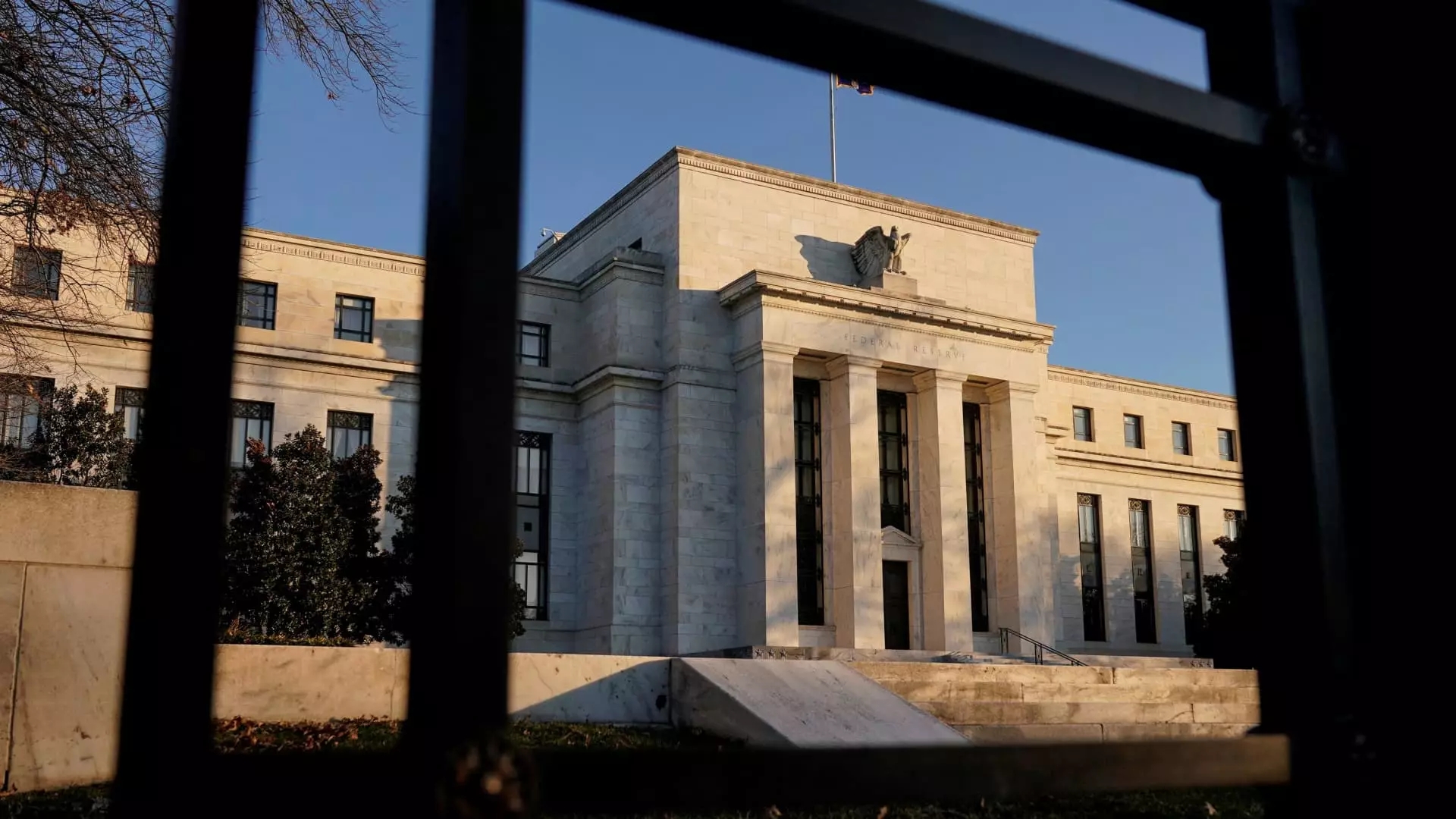The Federal Reserve’s recent proposal to redefine what it means for a bank to be “well-managed” raises serious questions about the stability of our financial system. By loosening the criteria—allowing institutions with even a single “deficient” rating in areas like capital, liquidity, or governance to still be classified as well-managed—the Fed signals a troubling shift toward leniency. This move fundamentally undermines the purpose of regulatory oversight, which is to prevent reckless behavior and protect the broader economy from systemic crises. The idea that a bank can falter in key areas yet still be deemed “fit” for major operations egregiously discounts the importance of comprehensive management practices. If a bank’s safety net isn’t solid across the board, why should regulators consider it stable? Diluting these standards opens the door for risk-laden banks to expand unchecked, creating a conveyor belt toward potential financial disaster.
Political and Ideological Implications: A Business-Friendly Direction
From a libertarian-minded perspective, this shift can be viewed as a misguided attempt to foster financial innovation and economic growth by reducing regulatory burdens. The Federal Reserve appears to prioritize corporate flexibility over prudent oversight, echoing a conservative stance that champions free markets over government intervention. Yet, this approach neglects the interconnectedness of modern finance; failures in major banks have cascading effects that threaten entire economies. By easing standards, the Fed risks turning a blind eye to warning signs that could signal impending issues. The pushback from former officials and cautious governors underscores a broader concern: that this move is less about sound judgment and more about appeasing powerful banking interests seeking to expand their influence and market share without the usual checks and balances.
A Dangerous Precedent for Financial Oversight
Historically, the purpose of such regulations has been to ensure that only financially stable and well-governed banks operate freely. Changing the definition of “well-managed” to include those with deficiencies jeopardizes this safeguard. It’s a pragmatic failure rooted in the misconception that minor flaws can be safely overlooked. In reality, these small deficiencies can snowball, leading to vulnerabilities that can be exploited or that may precipitate larger failures. The Fed’s recent adjustments echo a broader trend of regulatory rollback that prioritizes short-term gains for some banks while risking long-term stability. This is not a sustainable approach; it’s a gamble with taxpayers’ futures.
The Broader Consequences: Who Wins, and Who Loses?
In practical terms, this policy shift might help certain large banks pursue acquisitions or other growth strategies more easily, boosting their profits in the short run. Yet, the true cost lies in the potential for systemic risks. We’ve seen such leniency policies collapse before—leading to taxpayer-funded bailouts and economic turmoil. Skeptics argue that the Fed prioritizes the interests of Wall Street over Main Street stability. By relaxing important standards, regulators implicitly endorse a pass-fail mentality that favors corporate expansion over prudence. This approach ultimately endangers the financial ecosystem’s stability, risking a repeat of past crises under the guise of modernization. The current policy transformation reflects a disregard for the vital role of vigilant oversight—a reckless gamble that could cost everyone dearly if left unchecked.

